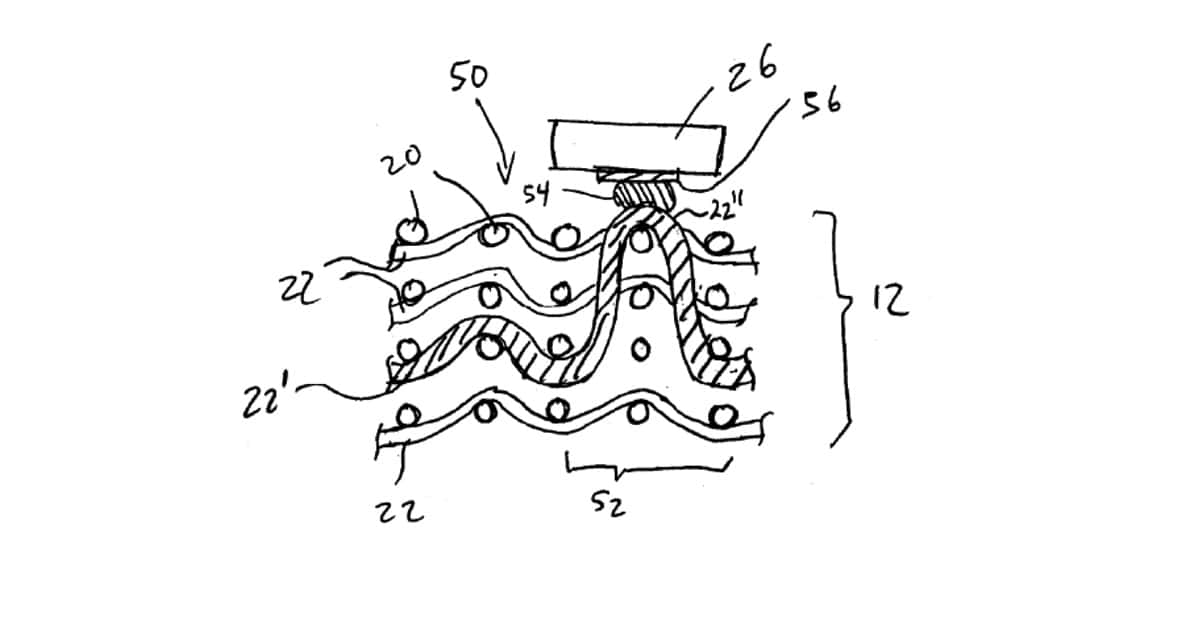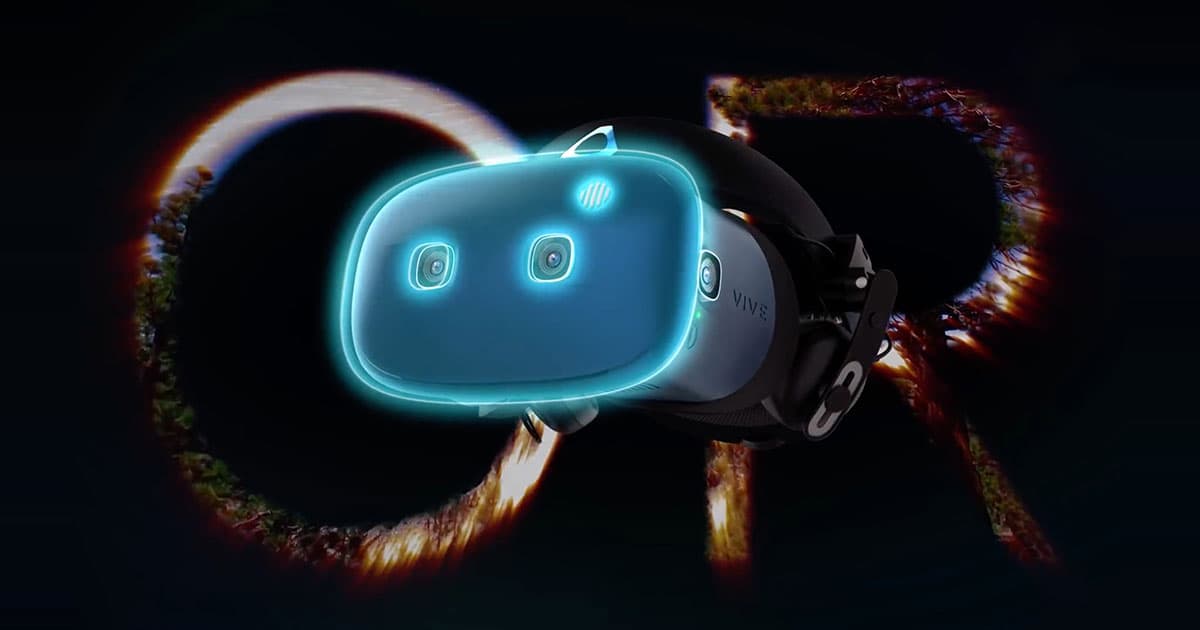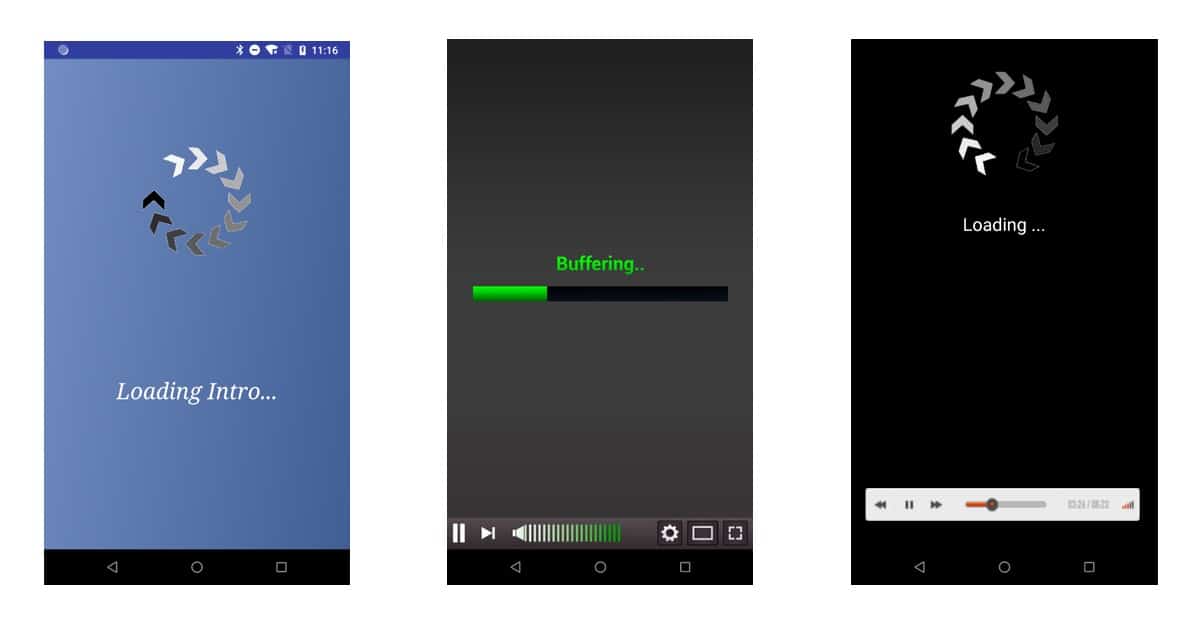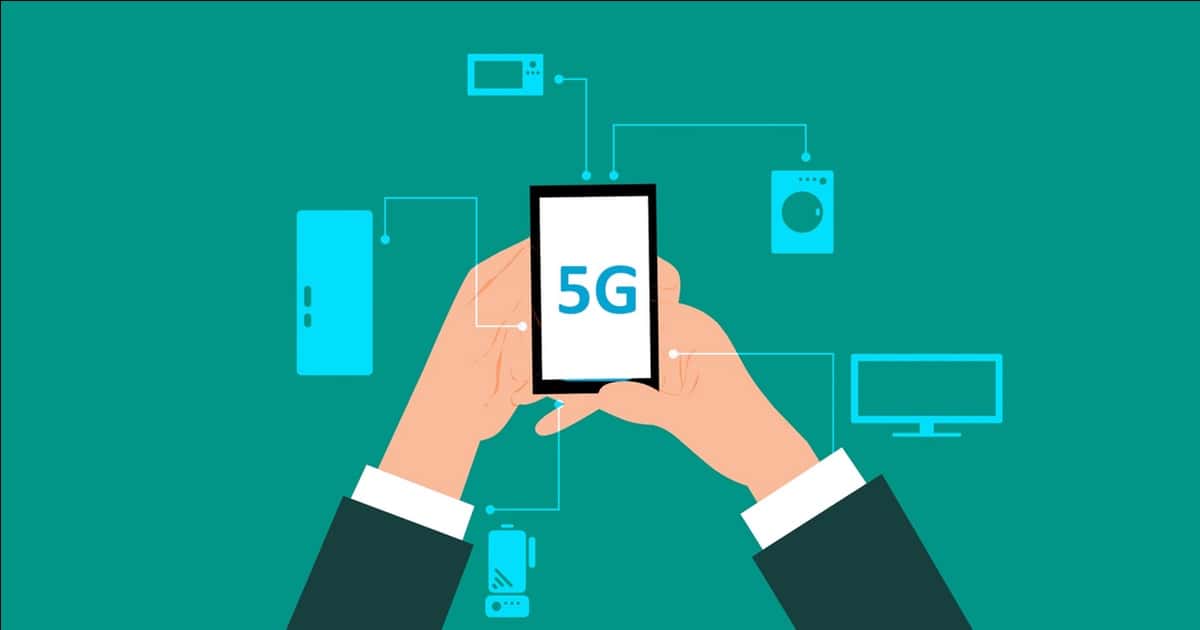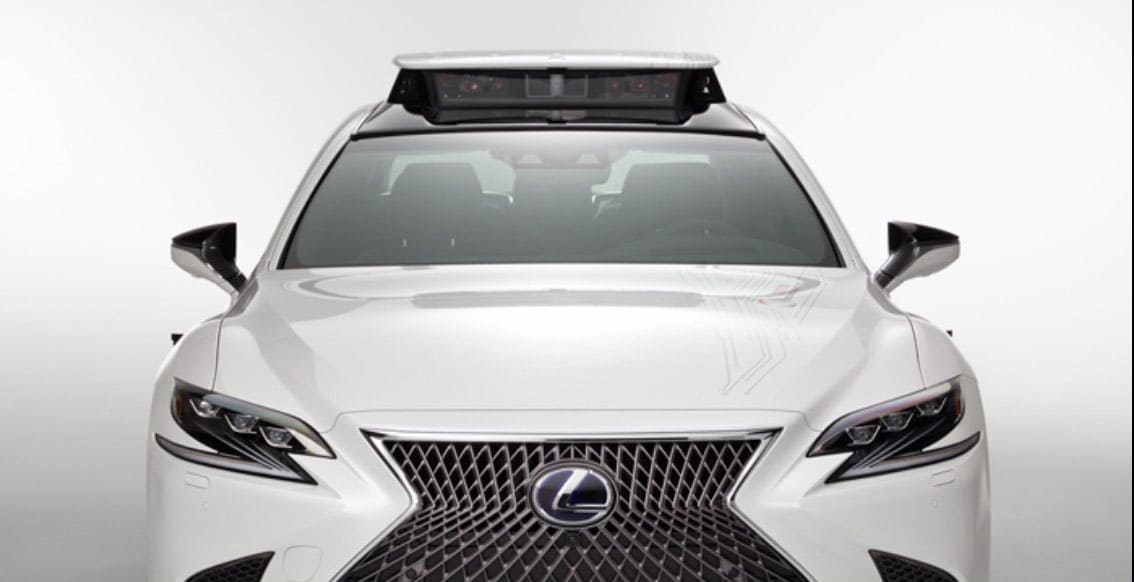Michael Grothaus writes about five ways to improve Apple services, a drum that Tim Cook has been beating for the past couple years.
The problem for Apple is that the iPhone is such a large part of its business. If the company is going to continue to grow, what product could step up to take the place of lagging smartphone sales?
I’ll paraphrase Kelly Guimont’s comment on a recent episode of Daily Observations. If Apple truly wanted to be a services company, it should have been improving services all along. Don’t wait until the last minute when the iPhone puts you into panic mode.
